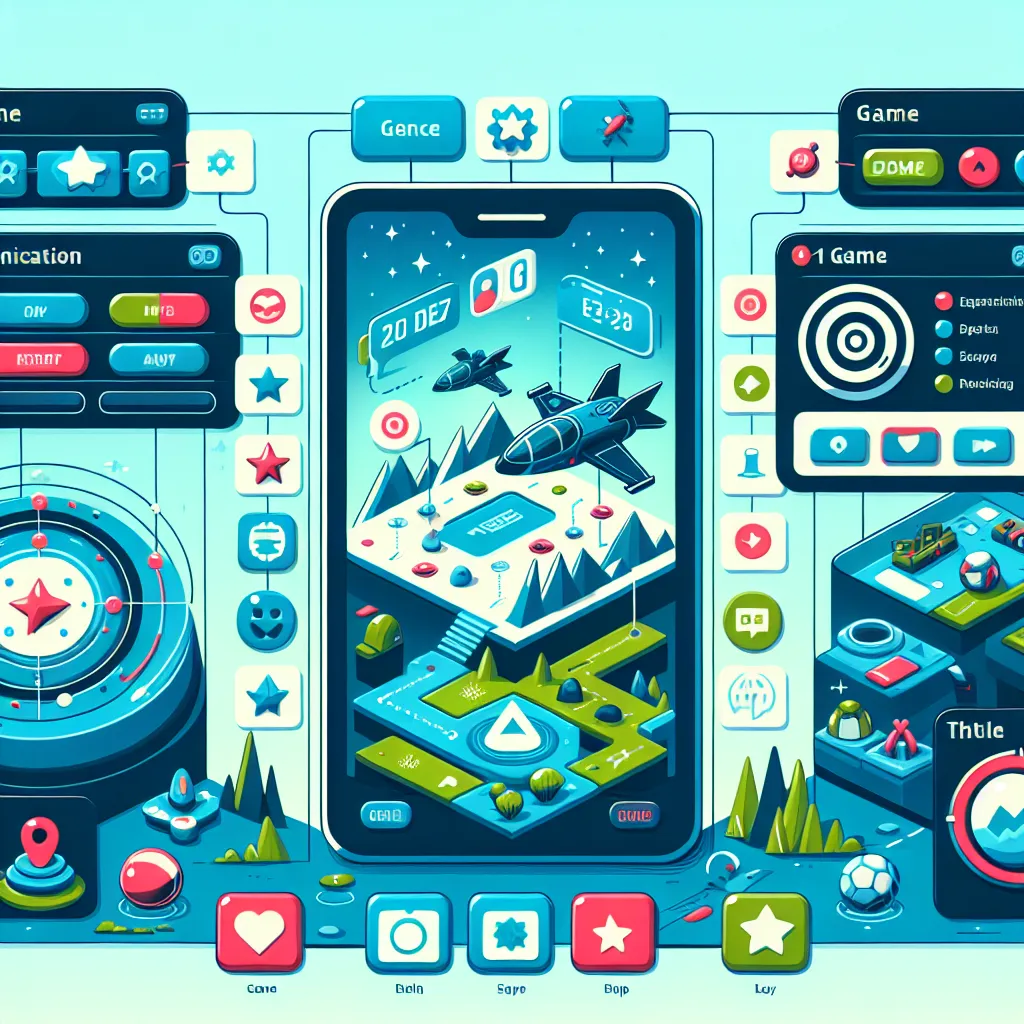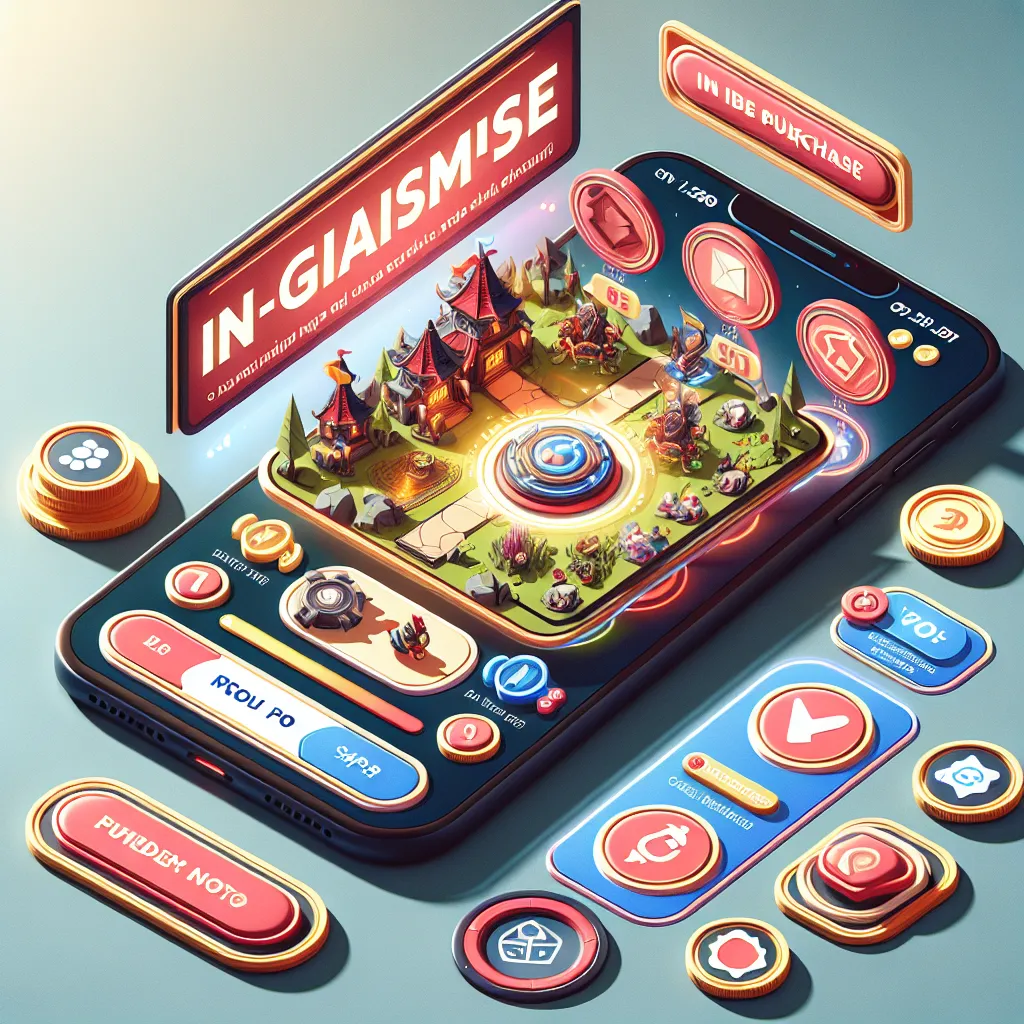Optimizing User Experience: A Mobile Game Tutorial for Designers

Understanding User Behavior in Mobile Gaming
Understanding user behavior in mobile gaming is crucial for designers seeking to optimize the user experience. With the exponential growth of mobile gaming, designers must delve into the intricacies of how users interact with games on their mobile devices. One key aspect of understanding user behavior is recognizing the short bursts of gameplay that are common in mobile gaming. Unlike traditional gaming platforms, mobile games are often played in quick sessions, making it essential for designers to create engaging experiences that can be enjoyed in short periods of time.
Another important consideration is the presence of in-app purchases and advertisements within mobile games. Designers need to be mindful of how these elements can impact the user experience. Intrusive or disruptive monetization strategies can drive users away, while well-integrated and non-intrusive approaches can enhance the overall experience. By analyzing user behavior in response to different monetization methods, designers can make informed decisions that benefit both the user and the game’s success.
Moreover, the social aspect of mobile gaming cannot be overlooked in understanding user behavior. Many mobile games incorporate social features such as multiplayer modes, leaderboards, and social sharing functionalities. These social components can significantly impact how users engage with the game and can influence their retention and overall satisfaction. Designers must carefully consider the integration of social elements to align with the preferences and behavior of their target audience.
In conclusion, optimizing user experience in mobile gaming requires a deep understanding of user behavior. By acknowledging the unique gaming patterns, the impact of monetization strategies, and the significance of social elements, designers can create compelling and immersive experiences that resonate with mobile gamers.
Implementing Intuitive Controls in Mobile Game Design
When it comes to designing mobile games, implementing intuitive controls is a crucial aspect of optimizing the user experience. Intuitive controls are essential for ensuring that players can easily navigate and interact with the game, leading to increased engagement and enjoyment.
One of the key principles in implementing intuitive controls is simplicity. Mobile game designers should aim to minimize the number of on-screen buttons and gestures required to play the game. This not only reduces clutter on the screen but also makes it easier for players to understand and remember how to interact with the game.
Another important consideration is the placement of controls on the screen. Designers need to strategically position buttons and touch areas to accommodate natural hand placement and prevent accidental inputs. Consistency in control placement across different screens and game sections also helps users develop a sense of familiarity and confidence in navigating the game.
Furthermore, utilizing familiar gestures, such as swiping, tapping, and pinching, can enhance the intuitiveness of controls. Leveraging these gestures based on their context within the game can streamline the user experience and make interactions more instinctive.
Incorporating visual and audio feedback to acknowledge user input is equally significant. Providing responsive visual cues, such as button animations or highlighting, informs players that their actions are recognized. Similarly, subtle sound effects can reinforce the feeling of control and responsiveness, contributing to a more immersive gaming experience.
In conclusion, prioritizing intuitive controls in mobile game design is indispensable for delivering a seamless and engaging user experience. By focusing on simplicity, strategic placement, familiar gestures, and feedback mechanisms, designers can create games that resonate with players and keep them coming back for more.
Balancing Challenge and Reward in Mobile Game Experience
When it comes to creating an engaging mobile game experience, finding the right balance between challenge and reward is crucial. Designers must consider the delicate equilibrium between providing players with stimulating challenges and offering meaningful rewards. Too much challenge without adequate reward can lead to frustration and disengagement, while too many rewards without sufficient challenge can result in boredom and a lack of motivation to continue playing.
One effective strategy for achieving this balance is to implement gradual difficulty progression. By starting with simpler challenges and gradually increasing the complexity, players can build their skills and confidence while staying motivated to progress. Furthermore, incorporating adaptive difficulty adjustments based on the player’s performance can help maintain an optimal level of challenge throughout the game.
Moreover, the types of rewards offered can significantly impact the overall gaming experience. While in-game currency and power-ups are valuable, non-monetary rewards such as badges, trophies, and exclusive content can also enhance the sense of achievement for players. Additionally, incorporating surprise rewards or special bonuses for overcoming particularly difficult challenges can further motivate and excite players.
It’s important to note that understanding the target audience is essential for balancing challenge and reward effectively. Different player demographics may have varying preferences when it comes to difficulty and incentives, so conducting thorough user research and testing can provide valuable insights for fine-tuning the game’s experience.
In conclusion, optimizing the balance between challenge and reward in a mobile game is a multi-faceted task that requires careful consideration of difficulty progression, reward variety, and user preferences. By prioritizing this aspect of game design, designers can create a more engaging and enjoyable experience for mobile gamers.



